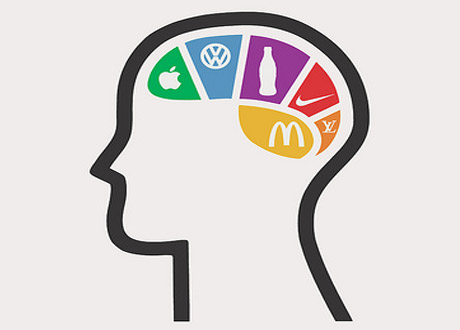“A brand is the set of expectations, memories, stories and relationships that, taken together, account for a consumer’s decision to choose one product or service over another. If the consumer (whether it’s a business, a buyer, a voter or a donor) doesn’t pay a premium, make a selection or spread the word, then no brand value exists for that consumer.” – Seth Godin
- 91% of people want brands to enable their personal goals (source: Edelman)
- 87% expect brands to share their interests (source: Edelman)
- The most recommended company in its category grows 2.5X or 250% faster than the category average (source: Bain & Co)
The facts say:
- Consumers choose, support and recommend brands that share their interests, values and goals
- Social currency is a major factor in brand selection
- Small, daily interactions build stronger relationships than big, monumental events
What’s the best way to build a brand in the channel where this happens most frequently?
Here are 10 best practices of great digital brands.
- SEGMENT THE MARKET: For every brand, there is going to be a wide disparity between best and worst customers. If your audience wants your brand to enable their personal goals, it’s safe to say don’t go after everyone. Define and segment your audience in specific terms based on what you will do for each other. Because, when you succeed with key segments, they will spread the word for you to a larger audience.
- CREATE BUYER PERSONAS: See and know your audience members as individuals. Create Buyer Personas, so you can identify their needs and more effectively communicate. Armed with this knowledge, you’ll find it easier to develop creative marketing strategies that reach and motivate your target.
- CONDUCT COMPETITIVE INTELLIGENCE: In almost all categories, product proliferation and market fragmentation are increasing. This puts more pressure on innovation and price. But competitors provide the means for differentiation and discovery. In the digital channel, use tool like Compete and Alexa to understand your competitors web presence, their audience, influencers and links. Use this information to discover your brand’s differentiation and audience.
- IDENTIFY KEYWORDS FOR CONTENT CREATION: Keywords are the currency of the internet. Find the keywords that are being searched for your category and product through Google Trends and their specific monthly search volume through the Google Keyword Planner. Use these keywords for the content and conversations your brand has with its audience.
- SHARE YOUR VALUES: If you want to build a community around your brand, you have to give them the ability to feel more connected to your brand. Affinity is built through continued conversation and engagement. For example, Walmart’s social connection to its community, whether it is on Facebook or Walmart Moms, is to express ideas and content for saving money and represent the voice of its customers.
- FIND KEY INFLUENCERS: One of the most important quests is to find key influencers, trusted industry voices with a weighty follower range. They help endorse your brand, share your content or promote your efforts. Tools like BuzzSumo, PeerIndex and Marketing Grader for links help identify who are key influencers. The best digital brands begin to build one-on-one relationships from there.
- GET PERSONAL: By taking these steps, you’ve gotten to know your audience on an individual basis, now connect with them. Speak to them by name, offer them content you know they’ll appreciate and test offer through A/B Testing that improve your ability to create better personalized brand experiences.
- USE ONLINE TACTICS TO DRIVE OFFLINE ENGAGEMENT: As strong as the digital channel is in branding brands, for sales to occur, you’ll have to drives consumers an offline environment. Consider email, events, local promotions and direct contact that can direct your audience to the offline environment where you want them to go.
- LISTEN AND LEARN FROM THE DATA: Find out what is being said, who is talking and how is it influencing success. Identify Key Performance Indicators as your actionable scorecard. Consider tools like Topsy, Social Searcher and Radian6 as listening tools.
- BE CONSISTENT: Regular interactions convince your audience your brand will do what is says it will. Be consistent. Consider a Content Calendar. Manage the relationship your brand has build with content and conversations.
Do you think these are best practices of great digital brands? How many of these best practices is your brand doing?





